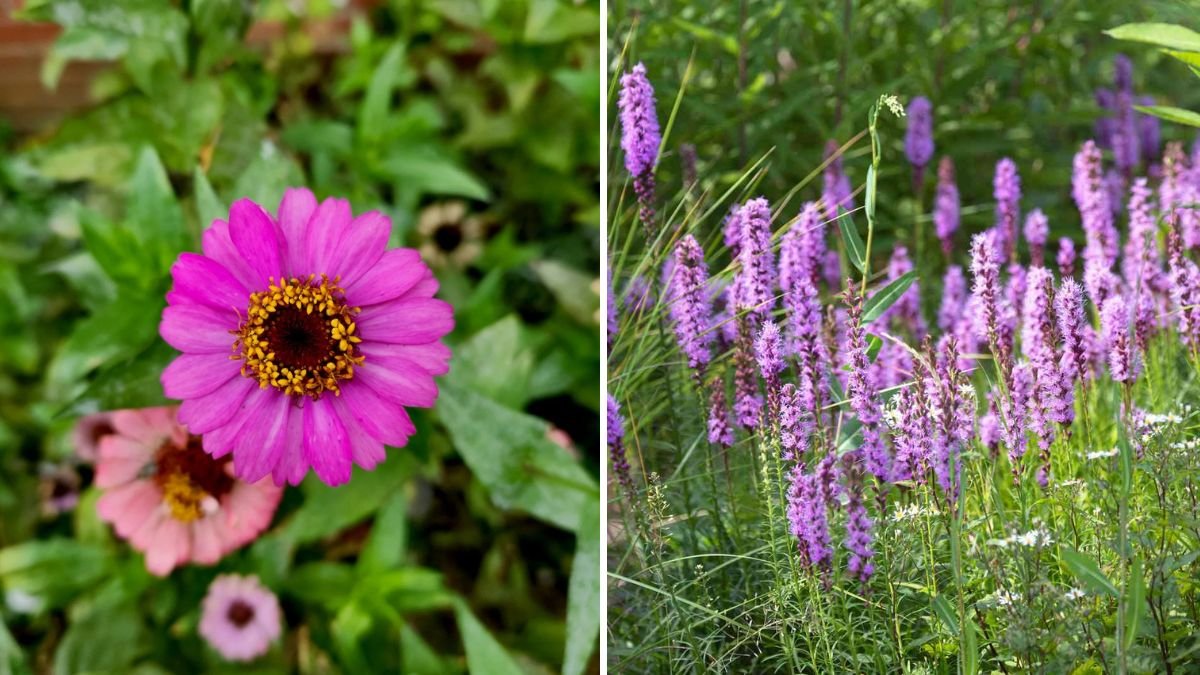Flowers are among the most rewarding elements of any garden, adding color, fragrance, and visual appeal to outdoor and indoor spaces. While sunlight, watering, and fertilization are often emphasized, soil quality is the foundation of plant health and bloom longevity. The right soil provides essential nutrients, proper drainage, and a supportive environment for roots, directly influencing flower vigor and bloom duration.
This article provides a comprehensive guide on choosing and preparing the best soil for long-lasting blooms, covering soil composition, amendments, testing, and seasonal care strategies.
1. Understanding Soil’s Role in Bloom Longevity
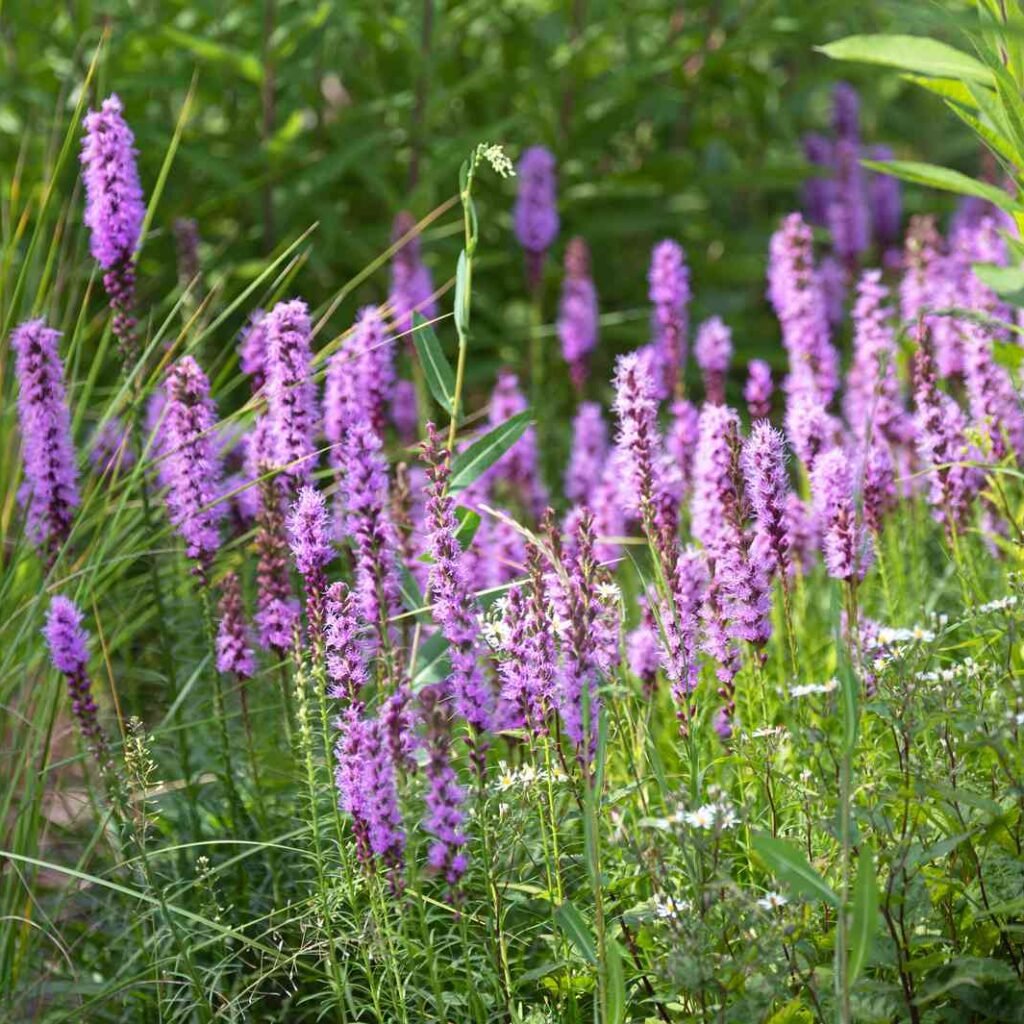
Soil is more than just a medium to anchor plants—it directly impacts nutrient availability, water retention, root development, and disease resistance. Flowers rely on healthy soil to:
- Access Nutrients: Nitrogen, phosphorus, and potassium support growth and flowering.
- Maintain Moisture: Adequate water retention prevents wilting and stress.
- Promote Aeration: Oxygen-rich soil supports root respiration.
- Support Beneficial Microorganisms: Microbes help break down organic matter and enhance nutrient uptake.
Healthy soil ensures vibrant, resilient plants with prolonged blooming periods.
2. Types of Soil for Flower Gardening
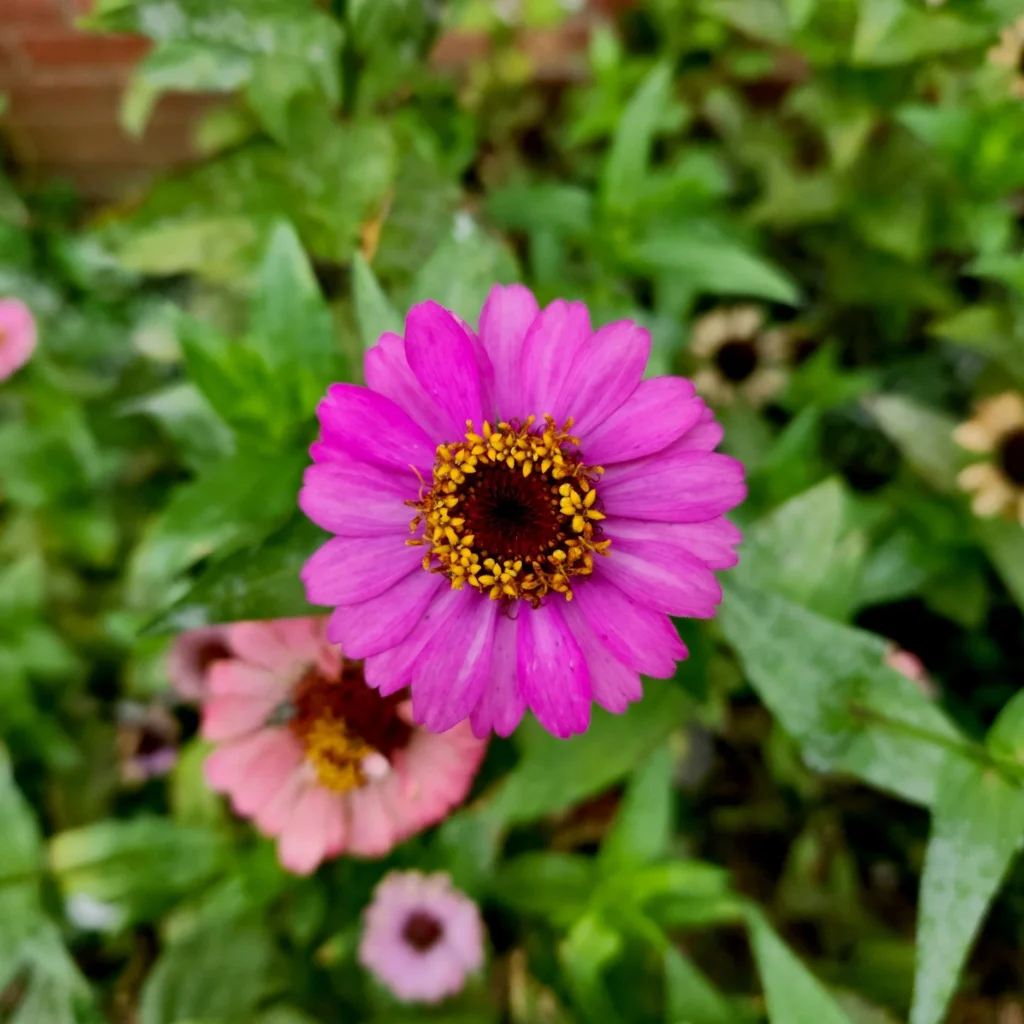
Choosing the right type of soil is essential for different flowering plants:
- Loamy Soil: Ideal for most flowering plants; balances drainage and nutrient retention.
- Sandy Soil: Drains quickly but may require frequent fertilization and organic matter.
- Clay Soil: Retains nutrients well but can become compacted; may need amendments for aeration.
- Silty Soil: Fertile and retains moisture; can become waterlogged if not managed.
Understanding your soil type is the first step to creating an optimal bloom-friendly environment.
3. Testing and Improving Soil Quality
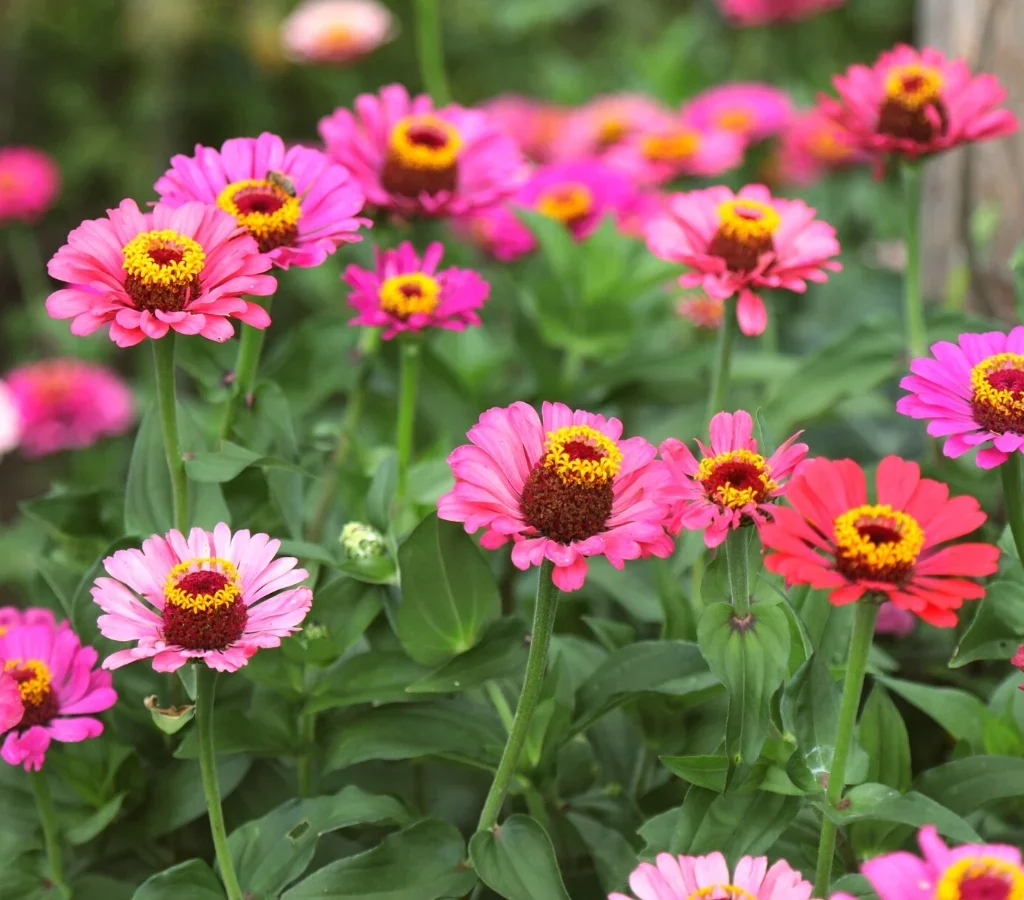
Before planting, test your soil to ensure it supports long-lasting blooms:
- Soil pH: Most flowers prefer slightly acidic to neutral soil (pH 6.0–7.0).
- Nutrient Testing: Check for nitrogen (growth), phosphorus (flowers), and potassium (overall health).
- Texture Assessment: Ensure the soil is neither too sandy nor too compacted.
Based on the results:
- Adjust pH: Use lime to raise pH or sulfur to lower it.
- Amend Nutrients: Add organic compost or fertilizers to correct deficiencies.
- Improve Texture: Incorporate sand, perlite, or organic matter to enhance drainage and aeration.
Testing ensures soil conditions are ideal for vigorous, long-lasting flowering.
4. The Role of Organic Matter
Organic matter is critical for soil fertility, moisture retention, and microbial activity:
- Compost: Supplies nutrients and improves structure.
- Leaf Mold: Increases water retention and enriches soil with micronutrients.
- Manure: Provides slow-release nutrients but should be well-rotted to avoid burning plants.
- Peat Moss: Helps retain moisture in sandy soils and improves aeration in clay soils.
Regular addition of organic matter supports continuous growth and prolonged flowering.
5. Choosing the Right Fertilizers
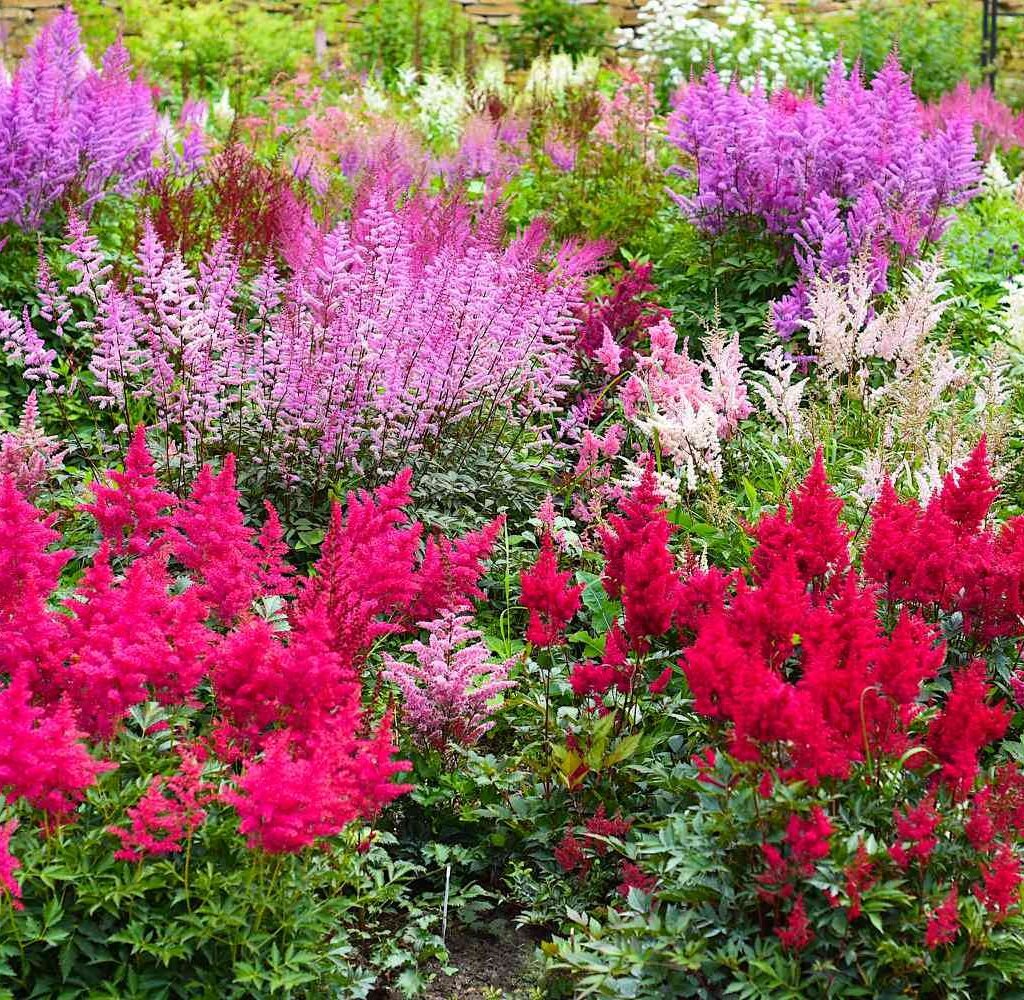
Soil alone is rarely enough; balanced fertilization enhances bloom longevity:
- Balanced Fertilizers: N-P-K ratio around 10:10:10 supports overall growth.
- High-Phosphorus Fertilizers: Encourage flowering and strong root development.
- Slow-Release Fertilizers: Provide nutrients over time, reducing frequent applications.
- Liquid Fertilizers: Useful for container plants or to boost blooms mid-season.
Correct fertilization ensures plants remain vigorous and flowers last longer.
6. Soil Drainage and Aeration
Waterlogged soil can lead to root rot and fungal issues, shortening bloom duration:
- Raised Beds: Improve drainage and prevent water accumulation.
- Amendments: Add sand, perlite, or coarse compost to improve drainage.
- Mulching: Prevents soil compaction while retaining moisture.
- Aeration Practices: Loosen soil gently around plants to allow air penetration.
Good drainage and aeration promote strong roots and healthy flowers.
7. Container Soil Considerations
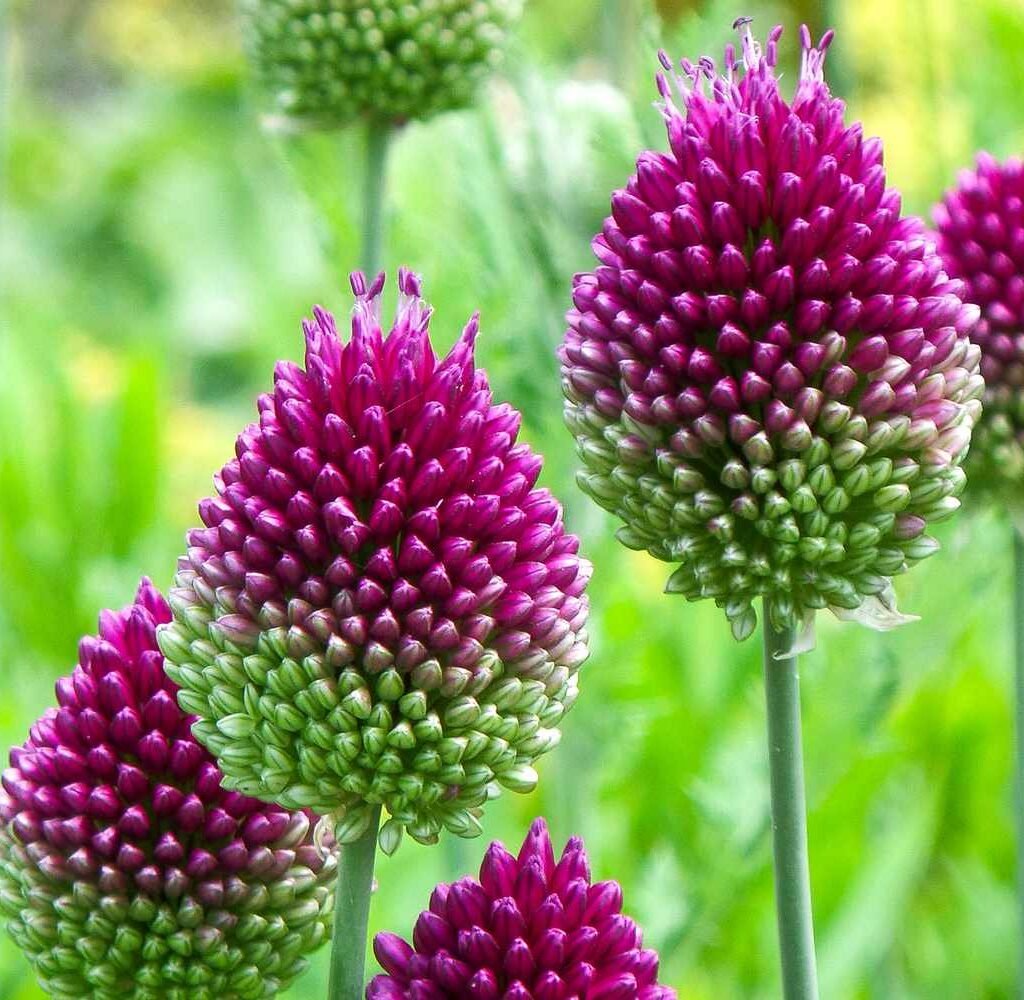
Container-grown flowers need specialized soil for longevity:
- Potting Mixes: Lightweight, well-draining, and nutrient-rich.
- Avoid Garden Soil: Heavy soil in containers can compact and suffocate roots.
- Add Perlite or Vermiculite: Enhances aeration and drainage.
- Top Dressing: Refresh soil annually or replace it to maintain nutrient levels.
Container soil management ensures flowers continue blooming throughout the season.
8. Water Retention and Mulching
Maintaining consistent soil moisture is essential for long-lasting blooms:
- Mulch Layers: Organic mulch retains moisture and regulates soil temperature.
- Moisture Monitoring: Keep soil evenly moist, avoiding water stress.
- Drip Irrigation: Delivers water directly to roots without wetting foliage.
- Watering Schedule: Water in the morning to allow soil to dry and prevent fungal growth.
Moisture management ensures flowers remain healthy and vibrant for longer periods.
9. Seasonal Soil Care
Adjusting soil care based on seasons helps maximize blooms:
- Spring: Prepare soil with compost and fertilizers for active growth.
- Summer: Monitor moisture closely; consider mulching to retain water.
- Autumn: Remove dead plant material and add organic matter to improve fertility for next season.
- Winter: Protect soil in garden beds or containers to prevent compaction and nutrient loss.
Seasonal adjustments enhance bloom duration and overall plant health.
10. Avoiding Soil-Related Problems
Common soil issues can shorten bloom periods:
- Compacted Soil: Restricts root growth; amend with organic matter and aerate.
- Nutrient Deficiencies: Yellowing leaves or weak flowers indicate insufficient nutrients.
- Overwatering or Poor Drainage: Leads to root rot and fungal infections.
- Soil Contamination: Use clean, disease-free soil to prevent pathogens.
Preventing these problems ensures a strong foundation for long-lasting flowers.
11. Companion Planting for Soil Health
Companion planting improves soil conditions naturally:
- Nitrogen-Fixing Plants: Beans and peas enrich the soil.
- Cover Crops: Clover or vetch prevent erosion and add organic matter.
- Flower Diversity: Mixing species improves soil microbe diversity and prevents disease.
Companion planting creates a healthier soil ecosystem for sustained flowering.
12. Monitoring and Adjusting Soil pH and Nutrients
Regular monitoring helps maintain soil for continuous blooms:
- pH Testing: Seasonal checks prevent nutrient lockout.
- Foliar Symptoms: Observe leaves for signs of deficiencies.
- Adjust Fertilization: Modify nutrient application based on soil and plant needs.
- Soil Rejuvenation: Add compost or organic matter annually.
Ongoing soil monitoring ensures flowers remain vibrant and long-lasting.
13. Benefits of Proper Soil Management
Investing in the right soil practices yields multiple advantages:
- Prolonged Bloom Duration: Healthy soil supports continuous flowering.
- Vibrant Colors and Fragrance: Adequate nutrients produce intense blooms.
- Stronger, Healthier Plants: Reduced susceptibility to pests and diseases.
- Lower Maintenance: Fewer replacements, less chemical intervention.
- Environmental Sustainability: Organic matter and proper soil care improve garden ecology.
Healthy soil is the foundation for sustainable, beautiful flower beds.
Conclusion
The longevity and quality of flowers depend heavily on the soil they grow in. Choosing well-draining, nutrient-rich soil, amending it with organic matter, and maintaining proper moisture, aeration, and pH create ideal conditions for long-lasting blooms. Whether in garden beds or containers, soil management practices—including seasonal adjustments, fertilization, and mulching—ensure flowers remain vibrant, healthy, and resilient throughout the growing season. By prioritizing soil quality, gardeners lay the groundwork for stunning, sustainable floral displays that enhance any garden space.
